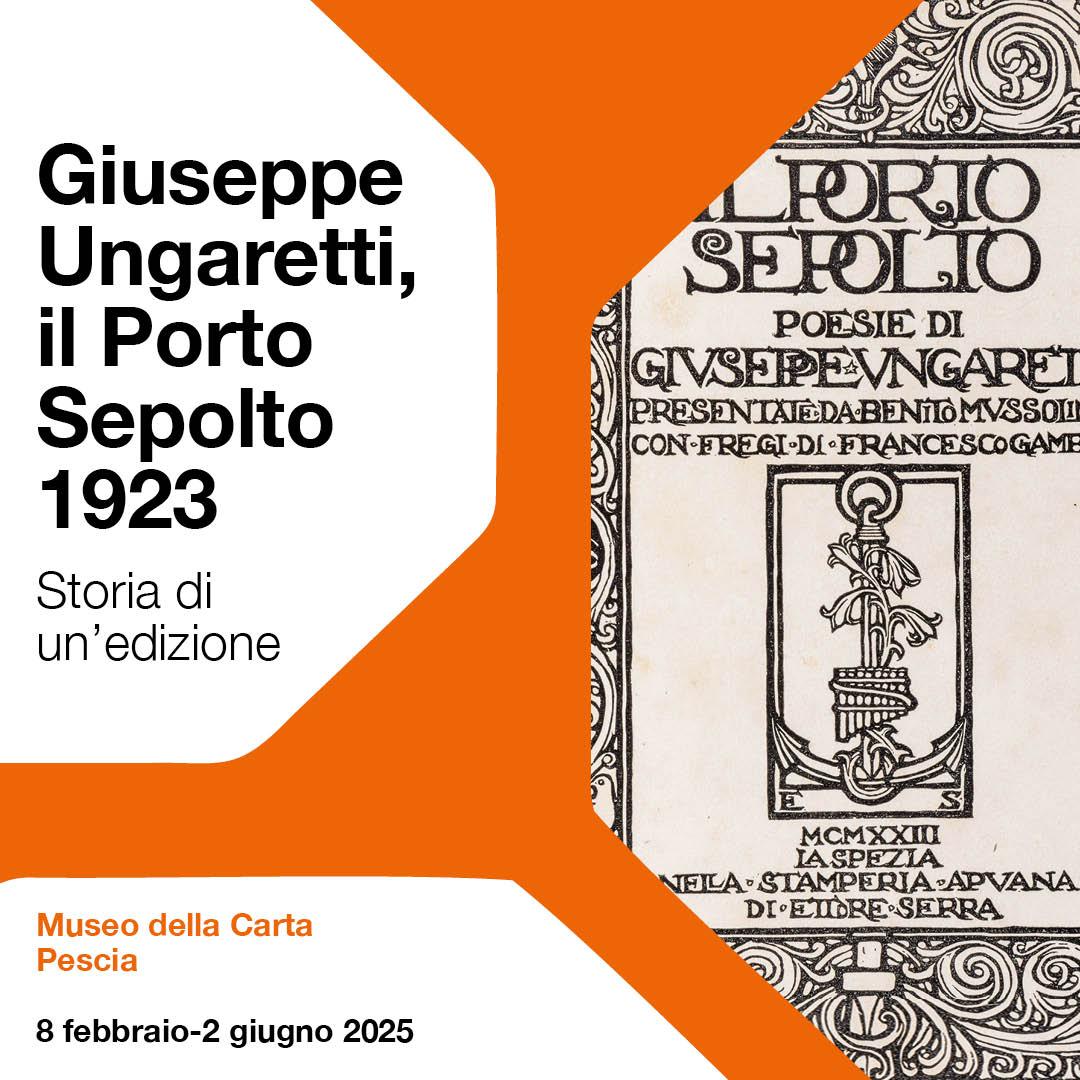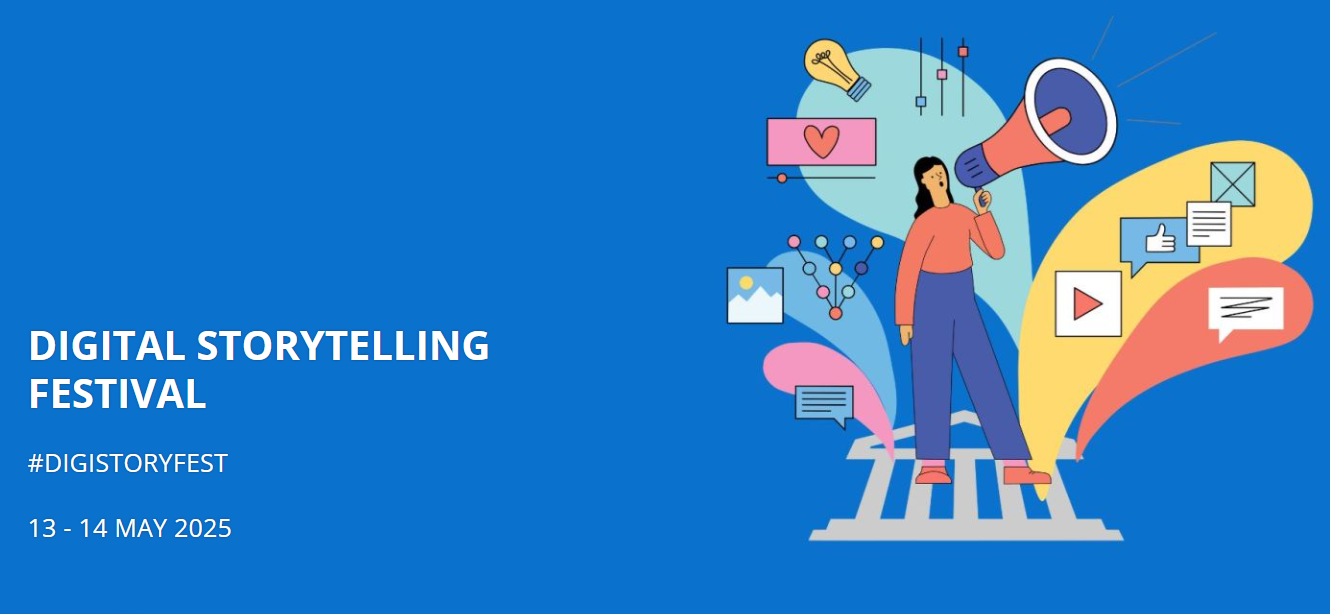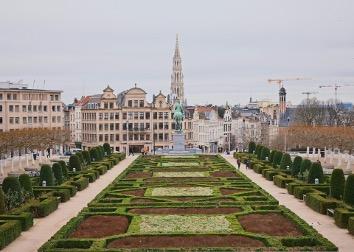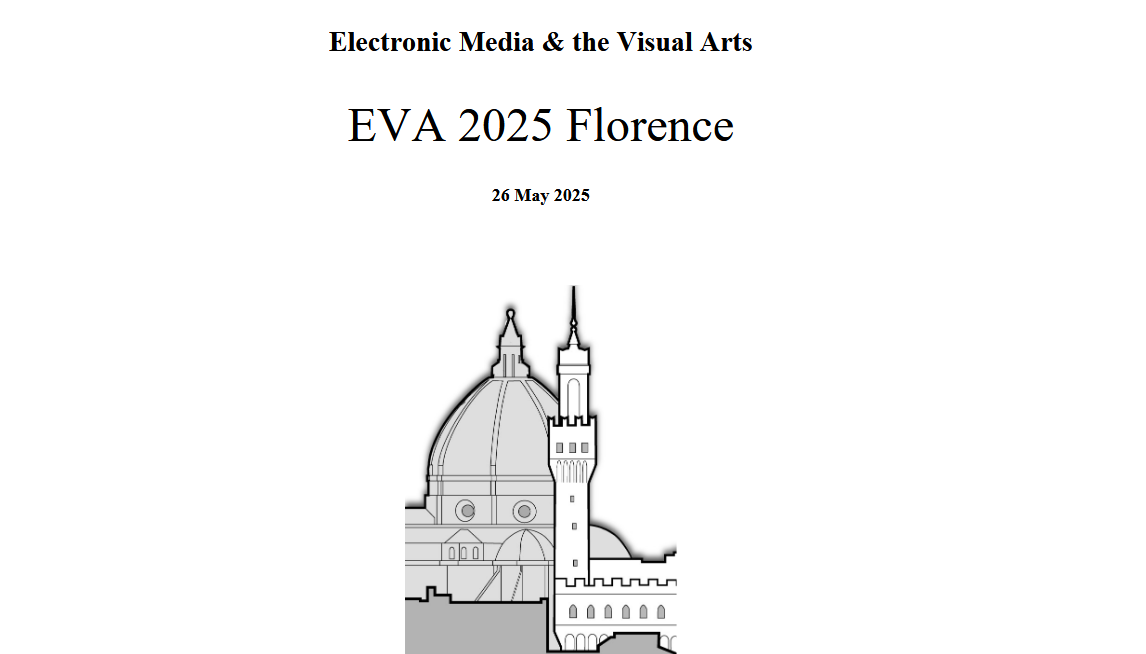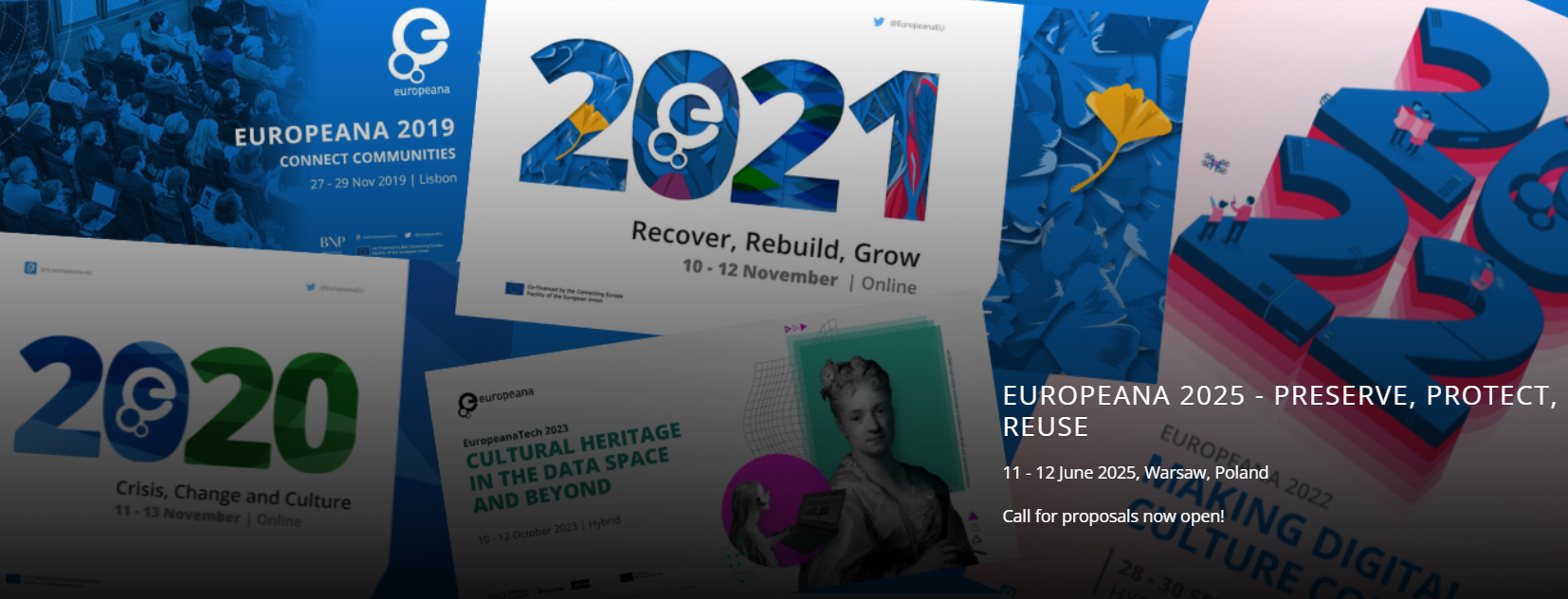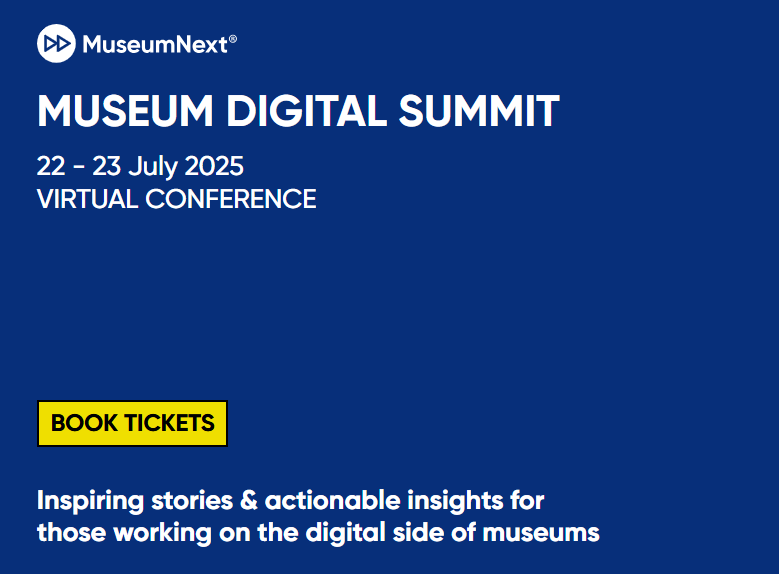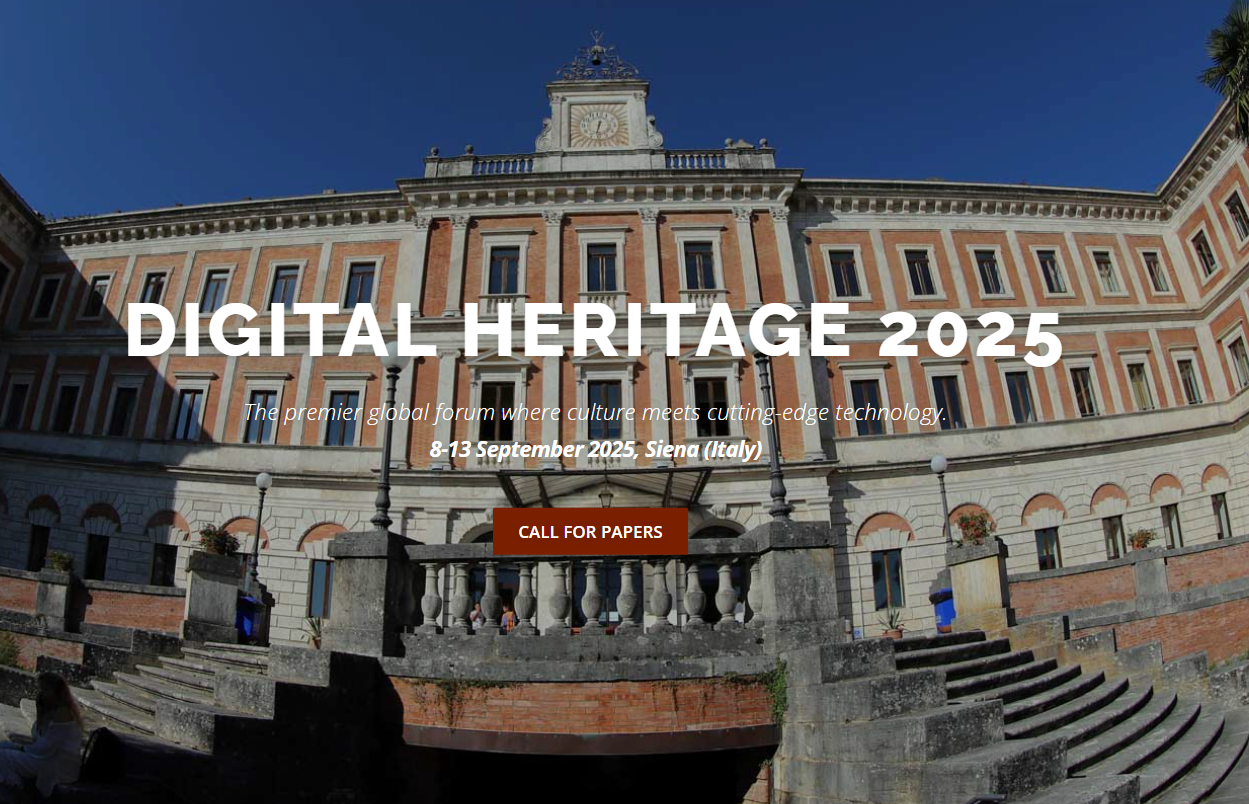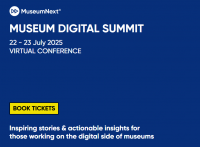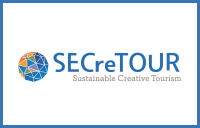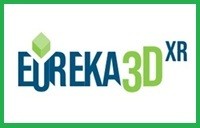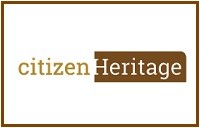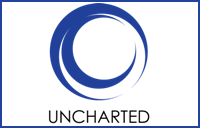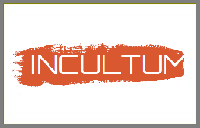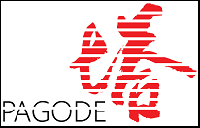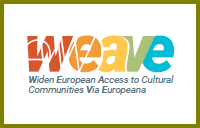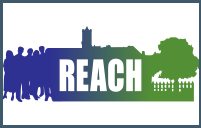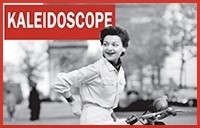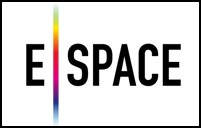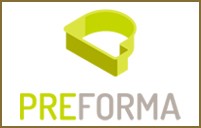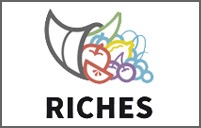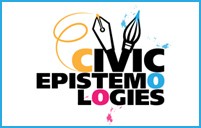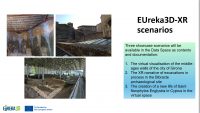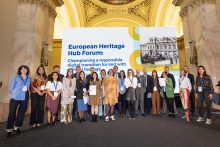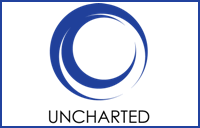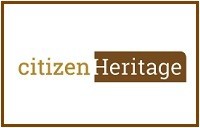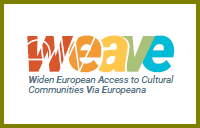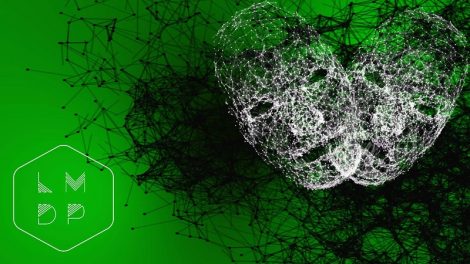
In November 2020, Kyber Theatre organises in Cagliari (Italy) the 7th Edition of the International Theatre, Art and New Technologies Festival called “The Wonders of Possible” – LMDP Le Meraviglie Del Possibile.
LMDP Festival is the first of this kind in Italy. Its aim is to promote the interrelation between artistic and technological languages. Kyber Teatro – spin off of L’ Aquilone di Viviana (theatre and new technologies company, LMDP Festival creator and manager), addresses to Italian and International artists an Open Call to submit their projects about “Interaction between arts and technology”.

Who can attend
The participation is open to artists of every nationality, working individually or in a group of maximum 5 people.
Eligible projects
– Theatre and new technologies plays
– Art and new technologies performances
– Installations that explore and realize the interaction between artwork, exhibition space and observers with the contribution of technology.
Application (deadline the 15th of May 2020)
The theme of LMDP Festival is the interrelation between theatre, arts and new technology.
The application must contain:
• Artist’s CV;
• Detailed description of the project (in PDF);
• Technical rider;
• Selection of max 5 photos;
• Link audio / video material (Vimeo or Youtube).
The result is going to be notified only to selected projects by the Month of June 2020.
Economic conditions
Full coverage of all the costs for the artists’ mobility to and in Cagliari (international travels, board and accommodation), and the compliance for safety standards of the space is guaranteed by Kyber teatro. Subject to agreements with our technical director, also any material required for the presentation of the performance/show/play/installation can be covered.
The Open Call winners will have the opportunity to present their work twice (performance not paid, the participation it will be free) and to hold a workshop with entrance tickets for the audience (workshop proceeds will go to the artists).
Publication
Applying for the call, artists agree that the projects should be represented at the Festival. Selected artists must provide a short biography and an abstract of the project. They also agree that the material related to the project could be published on the Festival website and/or presented to the press for promotional purposes.
Archiving process
Artists authorise Kyber Teatro – L’aquilone di Viviana to present their work, to store the material and make it accessible through the Festival’s website. All rights to the artwork and images will remain to the artist. The Organization is also entitled to document the event in all its phases through audio recordings, video or images.
Application materials must be sent by the 15th of May to: info @ kyberteatro.it
Website: http://www.kyberteatro.it



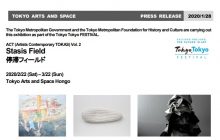
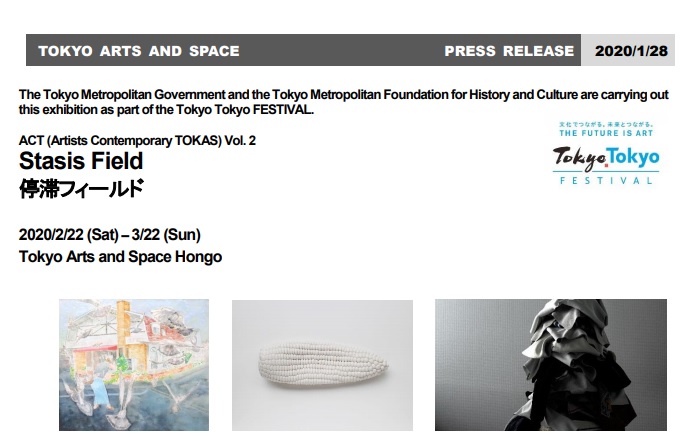 Tokyo Arts and Space (TOKAS) has supported artists in a multi-career-stage and continuously supportive program through endeavors such as open call exhibitions, exhibitions of contemporary artists, and international fellowships. In the Artists Contemporary TOKAS (ACT) series launched in 2018, exhibitions will be held to introduce artists who are worthy of attention now, centered on those that have taken part in TOKAS programs. Introduced at this second installment, titled ”Stasis Field,” are works by three artists/pairs: TANAKA Shusuke, HIROSE Nana & NAGATANI Kazuma, WATANABE Go.
Tokyo Arts and Space (TOKAS) has supported artists in a multi-career-stage and continuously supportive program through endeavors such as open call exhibitions, exhibitions of contemporary artists, and international fellowships. In the Artists Contemporary TOKAS (ACT) series launched in 2018, exhibitions will be held to introduce artists who are worthy of attention now, centered on those that have taken part in TOKAS programs. Introduced at this second installment, titled ”Stasis Field,” are works by three artists/pairs: TANAKA Shusuke, HIROSE Nana & NAGATANI Kazuma, WATANABE Go.
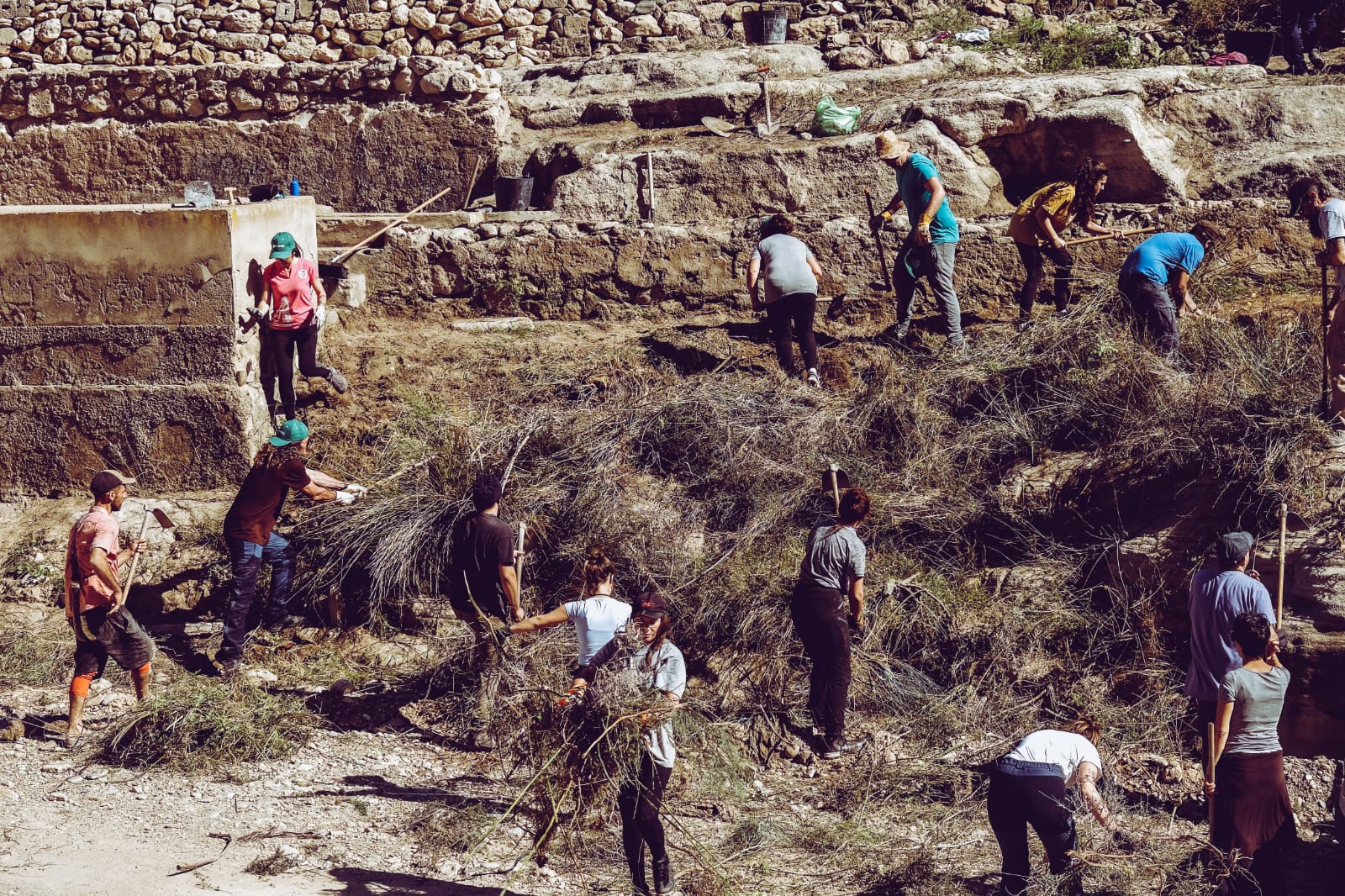 Saturday 15 February 2020 in Sorbas, Almería (Spain), MEMOLab, REACH project and local associations had collaborate in the cleanliness of Fuente de los Caños.
Saturday 15 February 2020 in Sorbas, Almería (Spain), MEMOLab, REACH project and local associations had collaborate in the cleanliness of Fuente de los Caños.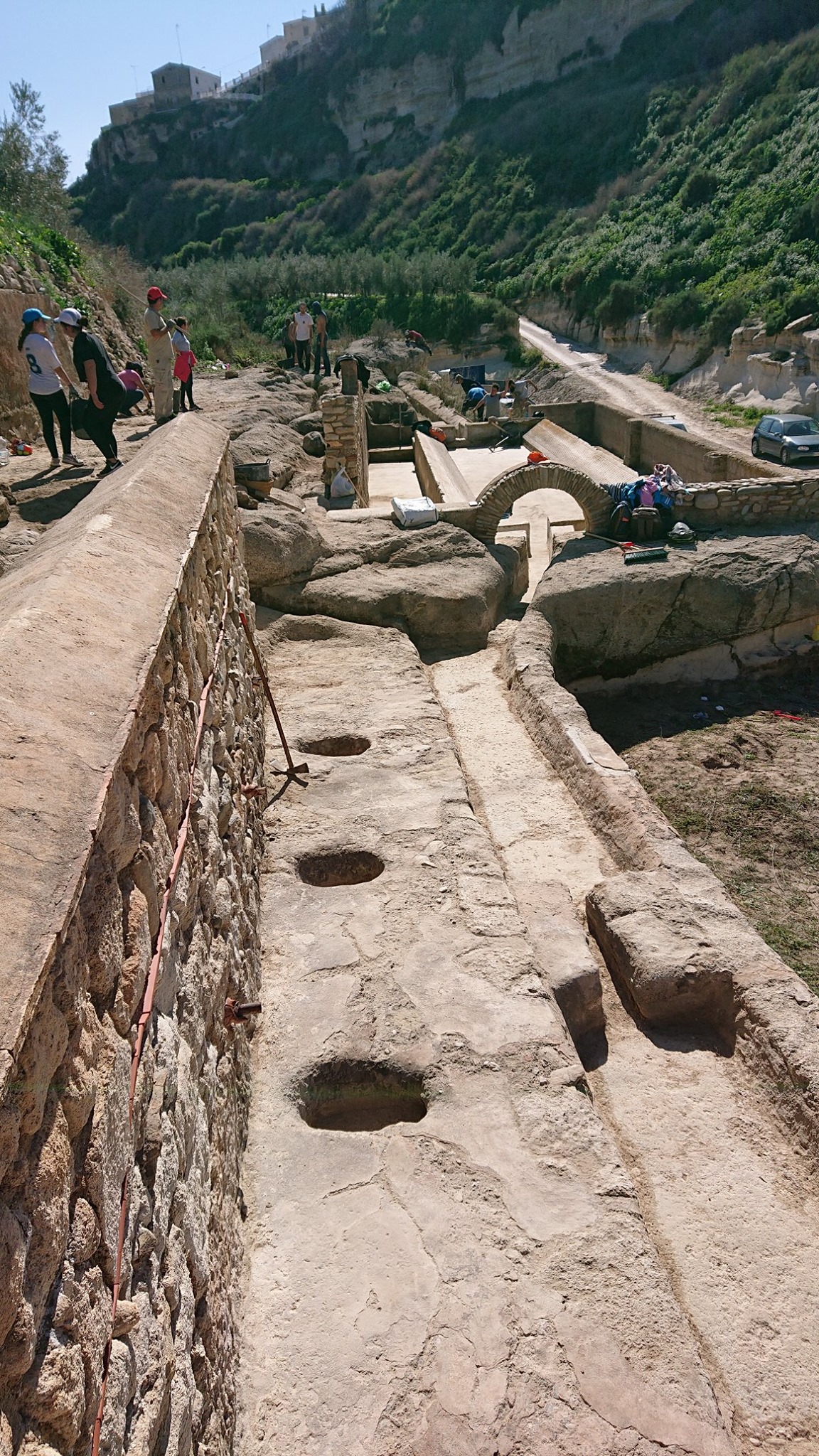
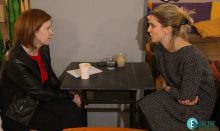
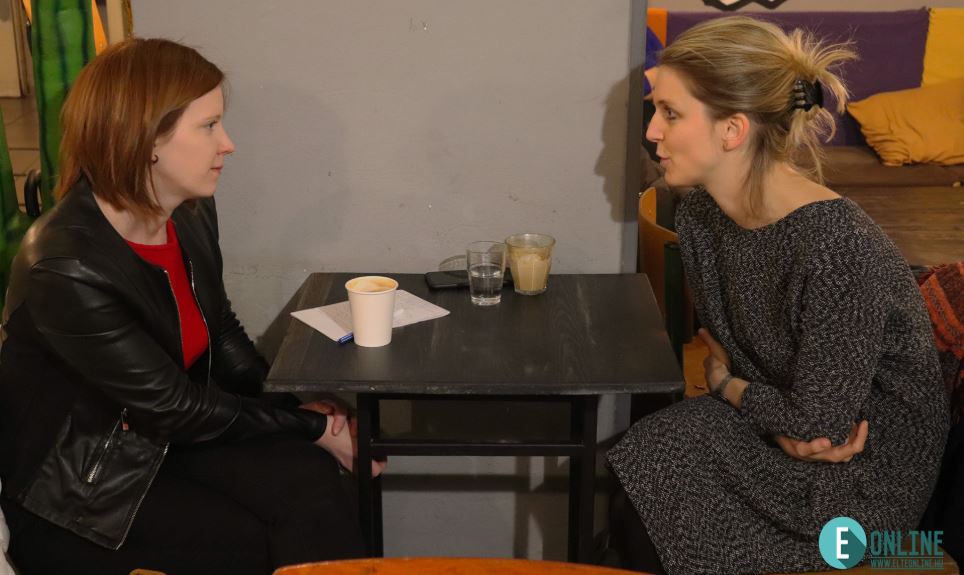 Last 19 February, Dr György Eszter, interviewed by the “HALLGATOI MAGAZINE” reported her direct experience in carrying on the case study of the minority heritage pilot within the REACH project.
Last 19 February, Dr György Eszter, interviewed by the “HALLGATOI MAGAZINE” reported her direct experience in carrying on the case study of the minority heritage pilot within the REACH project.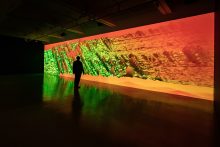






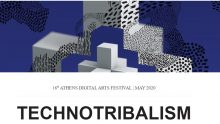
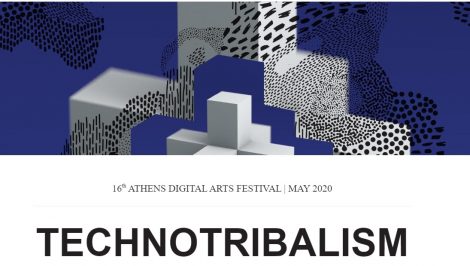



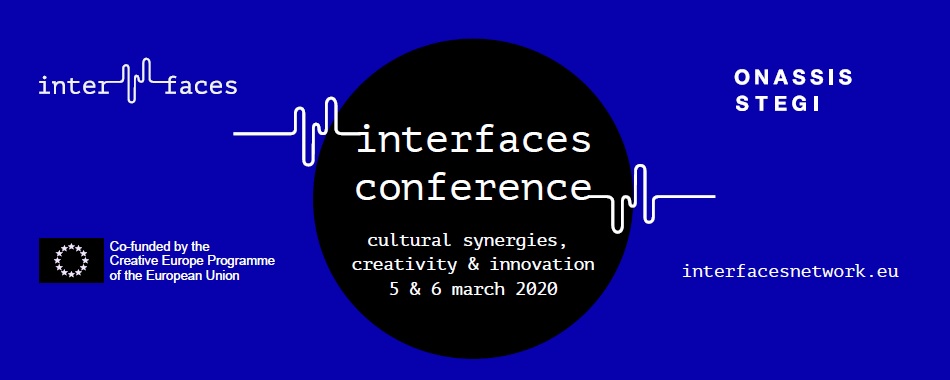
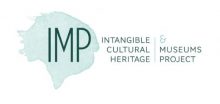
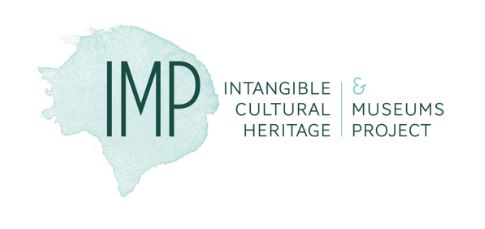 – How can museums avoid the trap of “freezing” intangible cultural heritage in time by integrating it into more static collections?
– How can museums avoid the trap of “freezing” intangible cultural heritage in time by integrating it into more static collections?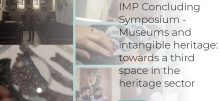
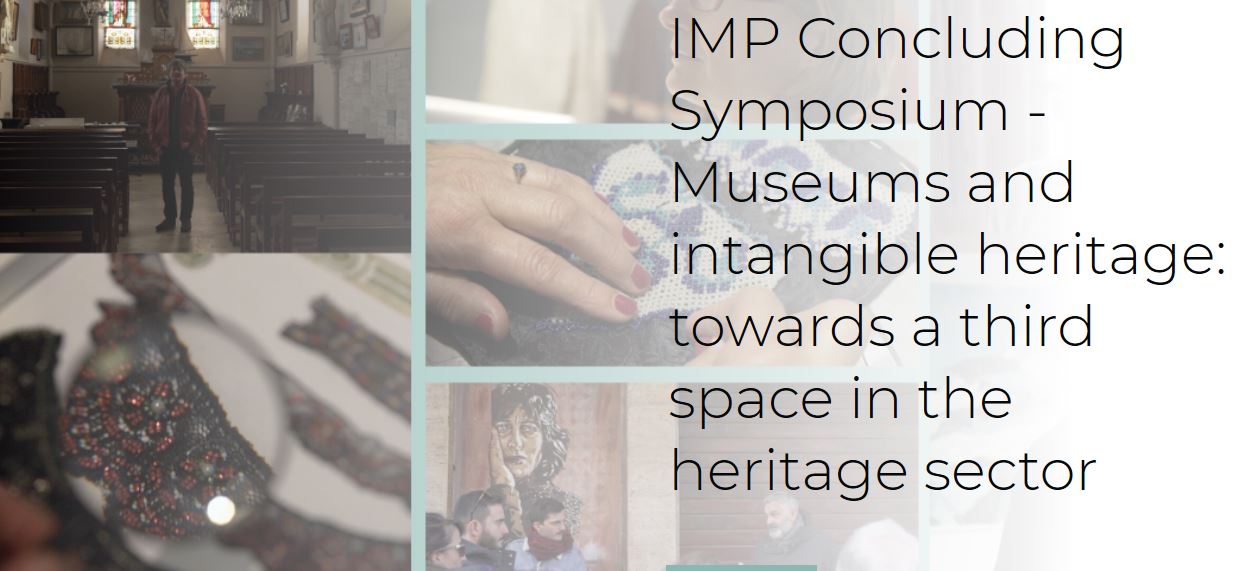 On February 26, the Intangible Cultural Heritage Project will hold its final symposium in Brussels.
On February 26, the Intangible Cultural Heritage Project will hold its final symposium in Brussels. If you have interesting news and events to point out in the field of digital cultural heritage, we are waiting for your contribution.
If you have interesting news and events to point out in the field of digital cultural heritage, we are waiting for your contribution.
